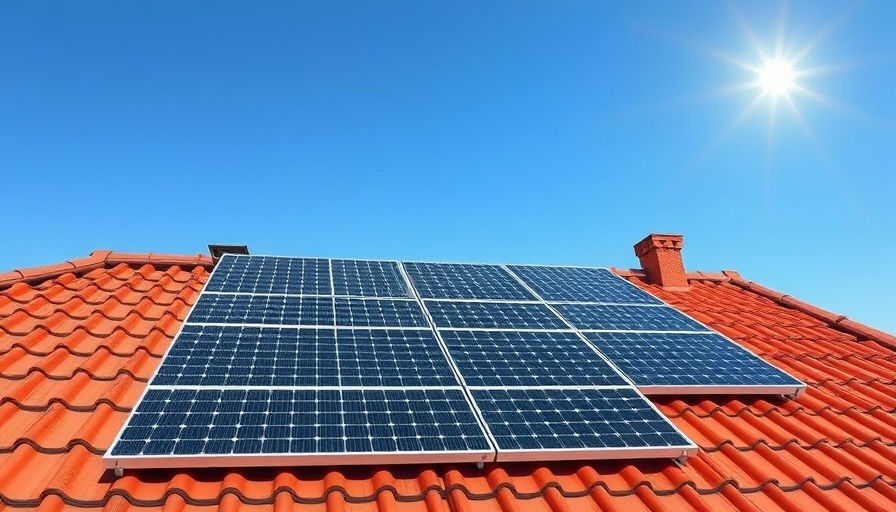
Seizing Clean Energy Tax Credits: A Vital Opportunity
If you’ve been pondering upgrades like solar energy systems or energy-efficient appliances, now is the time to consider making that investment. With the impending expiration of significant tax credits dedicated to clean energy improvements, homeowners can save substantially on their energy bills while contributing to a more sustainable future.
Understanding the Clean Energy Tax Credit
The clean energy tax credits, known as the Energy Efficient Home Improvement Credit (25C) and the Residential Clean Energy Credit (25D), are designed to alleviate the cost burden of enhancing your home's energy efficiency. To recap, these tax credits cover up to 30% of various home improvement costs, including heat pumps, solar panels, upgraded insulation, and even battery storage systems. With these incentives, more than three million Americans have collectively saved over $8 billion since the credits were enacted under the Inflation Reduction Act (IRA).
The Clock is Ticking: Know Your Deadlines
Alas, as beneficial as these tax credits have been, they are facing an abrupt termination. By the end of 2025, these incentives will cease, with the “One Big Beautiful Bill” passed in mid-2025 formally phasing them out. For residential projects, it's crucial to complete any upgrades by December 31, 2025. If you are considering commercial installations, those must begin by July 4, 2026, and be completed by December 31, 2027.
Simple Steps to Claim Your Credits
Your strategy to take advantage of these credits should begin with prompt action. Start by obtaining quotes for your desired upgrades and plan timelines for project completion. To qualify for the credits, it is imperative that installations are finished before the deadline. As many homeowners are now looking into solar panel installations and energy-efficient heating options, an early start is essential to avoid potential delays.
Maximize Your Savings: Stacking Benefits
One of the best practices for homeowners looking to make energy-efficient upgrades is to not only rely on federal tax credits but also to explore state and local incentives. Many regions offer additional rebates or grants that can be combined with the clean energy tax credits. This stacking method amplifies overall savings on energy-efficient home improvements, a win-win for both your wallet and the environment!
The Rush for Sustainable Living: A Societal Need
In addition to financial benefits, the urgency behind claiming these tax credits stems from a greater need for sustainable living solutions. With climate change impacts like extreme weather becoming increasingly prevalent, homeowners have a responsibility – and an opportunity – to reduce their carbon footprint. Transitioning to clean energy is more than an economic choice; it’s a proactive step toward environmental stewardship.
Real-Life Experiences: Reflecting on Benefits
Take a moment to consider how energy-efficient upgrades have transformed the lives of others. Many families who have installed solar panels have reported significant reductions in energy bills, providing them with financial relief and greater financial flexibility. Success stories underline the importance of these credits in helping make dreams of clean energy a reality.
Know Your Rights and Available Resources
The phasing out of these tax credits is a stark reminder of the ever-changing landscape of energy incentives. It’s essential for homeowners to stay informed about their options. Online tools, government resources, and organizations dedicated to clean energy advocacy can provide crucial information. Knowledge is power, and in this case, it can lead you to smart financial decisions and impactful home upgrades.
Take Action Now for a Greener Future
As we approach the end of 2025, taking timely action to claim clean energy tax credits could yield substantial savings and set an example for sustainable living in your community. Don’t wait any longer; focus on those upgrades that will best serve your household’s energy needs while benefiting the planet. The time to act is now, and the rewards of clean energy wait at the horizon!
 Add Row
Add Row  Add
Add 




Write A Comment